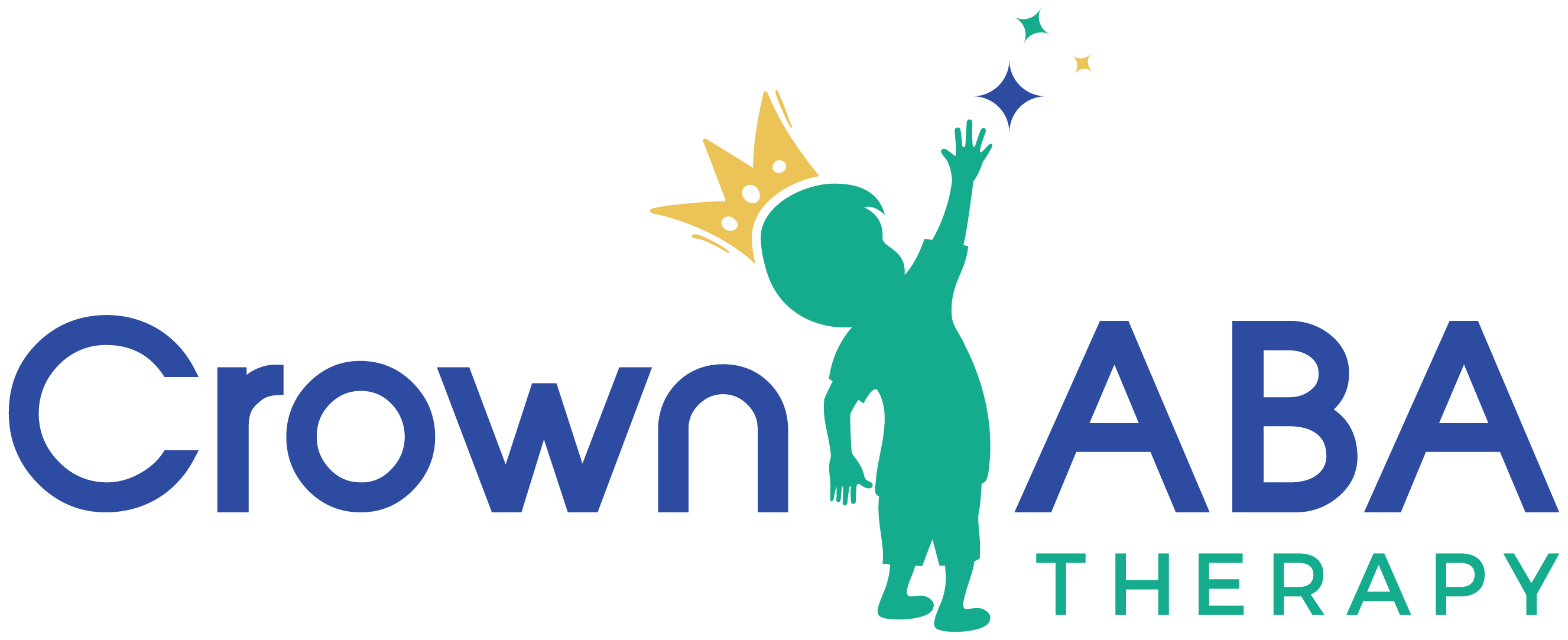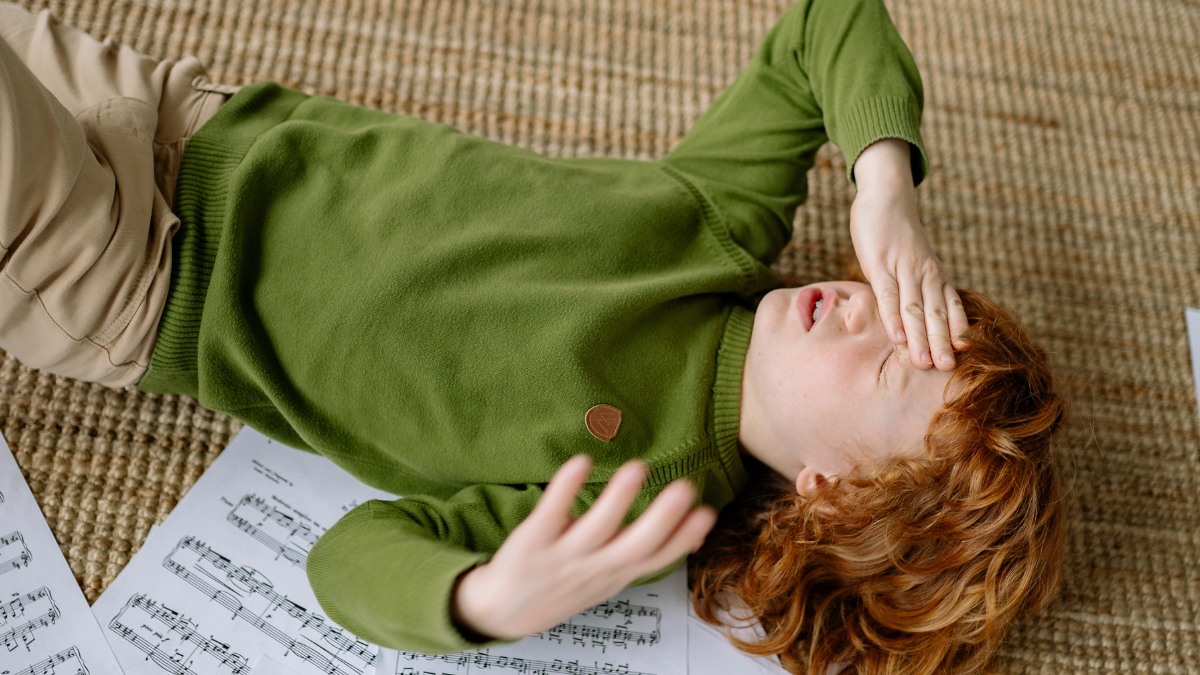Key Points:
- Migraines are more common in individuals with autism than in the general population, with sensory sensitivities playing a role.
- The connection between autism and migraines may be linked to neurological and sensory processing differences.
- Early intervention, including ABA therapy, can provide significant benefits for children with both autism and migraines.
Dealing with migraines and autism can be tough for both kids and parents. If your child struggles with both conditions, you’re not alone. Many children with autism experience migraines due to sensory sensitivities. Understanding the connection can help you manage both challenges more effectively and improve your child’s daily life.
Why Do People with Autism Experience More Migraines?
Autism and migraines may seem unrelated at first glance, but they share a notable connection, especially for individuals with autism spectrum disorder (ASD). Research suggests that the root of this connection lies in the brain’s sensory processing system.
Sensory Sensitivities Trigger Migraines
One significant reason why migraines and autism often overlap is the heightened sensory sensitivities in individuals with autism. Many people with autism experience overstimulation from light, sounds, and even certain textures or smells. This sensory overload can act as a trigger for a migraine attack. For instance, a bright light or a loud noise, which may seem harmless to others, can be a migraine trigger for someone with autism.
If you’re looking to understand more about how sensory hypersensitivity impacts children with autism, be sure to check out our article, Sensory Hypersensitivity in Kids with Autism Explained. It dives into how sensory sensitivities can affect daily life and provides valuable insights for parents and caregivers.
Neurological Differences and Their Impact
There is also a neurological connection between autism and migraines. Research shows that both conditions involve differences in brain activity and how sensory signals are processed. In autism, the brain may not respond to sensory inputs in the same way as in neurotypical individuals, and this altered processing can make the brain more vulnerable to migraine attacks. Additionally, both autism and migraines can be influenced by similar biochemical factors, such as serotonin imbalances, further linking the two.
What Symptoms Should Parents Look Out For?
Recognizing the signs of a migraine in a child with autism can be challenging, especially when those symptoms overlap with common behaviors of autism.
Behavioral Cues and Sensory Changes
One of the first signs that your child may be experiencing a migraine is a noticeable change in their behavior. For example, children who typically enjoy being active may suddenly become lethargic, withdrawn, or irritable. They might cover their eyes or complain about the light, which indicates a possible light sensitivity—one of the hallmark signs of a migraine.
Headaches, Nausea, and More
Physical symptoms can include complaints of a headache (even if your child has difficulty articulating it), nausea, or vomiting. Sometimes, children may also exhibit other symptoms like dizziness or an aversion to movement, which can be common with migraine attacks. Parents may need to observe their child closely for these physical signs and consult a healthcare provider for a diagnosis.
What Other Treatment Options are Available for Migraines in Autism?
While ABA therapy is a valuable tool in managing autism-related behaviors and stress, there are other treatment options available for migraine management. It’s important to take a holistic approach when dealing with migraines and autism, combining behavioral interventions with medical treatments and lifestyle changes.
Medical Treatments for Migraines
For individuals with autism who experience frequent or debilitating migraines, a doctor may recommend prescription medications. These can include migraine preventatives, such as beta-blockers or anticonvulsants, or acute treatments like triptans that target the pain during an active migraine. However, it’s essential to work closely with a healthcare provider to determine the best course of treatment.
Lifestyle Adjustments for Migraine Management in Autistic Individuals
In addition to medical treatment, lifestyle changes can be incredibly effective in reducing migraine frequency and severity. Here are some lifestyle tips for managing migraines in individuals with autism:

Can Dietary Changes Help with Migraines in Children with Autism?
Diet plays a crucial role in managing both autism and migraines. Certain foods can exacerbate both conditions, while others may help alleviate symptoms.
Identifying Migraine Triggers in Food
Parents should pay close attention to any potential dietary triggers for migraines in their child. Common migraine triggers include caffeine, chocolate, processed foods, and foods with additives. Keeping a food journal can help identify patterns between what your child eats and the onset of migraines. By eliminating these triggers from your child’s diet, you can reduce the frequency and intensity of migraine attacks.
Nutritional Support for Autism
Nutrition also plays a critical role in supporting overall brain health, which can benefit children with autism. Omega-3 fatty acids, magnesium, and certain vitamins are known to promote brain function and can help reduce the severity of both autism-related behaviors and migraines. Consulting with a nutritionist can help ensure your child’s diet supports both neurological health and migraine management.
How Can ABA Therapy Help with Migraines and Autism?
ABA therapy, or Applied Behavior Analysis, is widely used to help children with autism manage their behaviors and challenges. While it’s often used to address social and communication skills, it can also be beneficial in helping children manage stressors that might trigger migraines.
Building Coping Mechanisms Through ABA Therapy
ABA therapy is effective in teaching children coping mechanisms for sensory sensitivities and emotional regulation. Through structured and individualized interventions, a child can learn how to recognize when they are feeling overwhelmed by sensory stimuli. For example, a child can be taught how to remove themselves from situations that may trigger a migraine or use calming techniques like deep breathing to prevent an episode.
Creating Structured Environments to Reduce Triggers
ABA therapy also helps by creating a more predictable and structured environment, which can reduce anxiety and sensory overload. By understanding the triggers for both autism-related behaviors and migraines, ABA therapy can help establish routines and settings that minimize overstimulation. This structured approach can make a significant difference for children who are sensitive to environmental factors, ultimately reducing the frequency of migraines.
If you found the link between autism and migraines interesting, you’ll want to check out our article, “Can Autism Cause Brain Fog? Here’s What You Need to Know.” It dives deeper into another common issue many individuals with autism face: brain fog. Don’t miss out on this essential read to understand how autism can impact cognitive function.
Helping Your Child Manage Autism and Migraines
Living with both autism and migraines can feel overwhelming for parents, but understanding the connection between the two conditions is a crucial first step. With early intervention and effective strategies like ABA therapy, you can help your child reduce migraine episodes, manage sensory sensitivities, and improve overall well-being.
At Crown ABA, we specialize in ABA therapy in Maryland. It helps children develop coping mechanisms for sensory overload and emotional regulation, addressing key factors that may contribute to both autism and migraine triggers.
If you’re interested in ABA therapy for autism and migraines, contact us and learn how we can support you and your child in managing both conditions more effectively. Reach out today to learn more about ABA therapy services!





